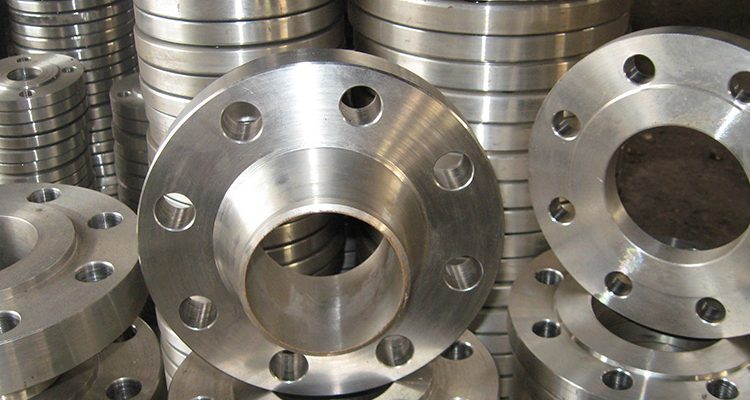According to Coastal Flange’s website about this type of flange, a pipe flange serves as a useful joint for piping projects. Whether it’s new components being added on, a desire for increased strength at a joint, or the necessity of an access point in the system–a pipe flange is what will be used. Different types of pipe flange vary based upon their method of installation–typically determined by the piping system or the use for the flange.
Types of Pipe Flange
Coastal Flange helps explain and break down the types of the pipe flange. The first is the slip-on flange which is installed simply by sliding it onto the pipe. Next is the welded pipe flange that is welded on the pipe. Meanwhile, for easy access and maintenance–there are blind flanges and lap joint flanges. The aforementioned “blind flange” goes on the end of a system and would allow for easier access for cleaning or maintenance than would weld at the end of a system. For high-pressure systems, the socket pipe flange is the best option. Meanwhile, for pipes that happen to have threading on the outside–a threaded pipe flange can be utilized.
Installation & Use of Pipe Flange
Different piping systems will utilize differing sizes of flanges for the size of the joint. Additionally, the material that a pipe flange is made of will vary. Meanwhile, the hardware involved will usually be the flange itself, nuts, and bolts that will tighten down or loosen up to provide maintenance or create a lock-tight joint in the pipe system. According to Coastal Flange’s website, it’s the pressure and temperature that often determine the type of flange to be utilized.
Limits of Pipe Flanges
It is important to know what a pipe flange can handle as it pertains to what pressure or temperature it can handle. Pipe flanges are arranged by classes. According to the Explore the World of Piping (EWP) website about pipe flange classes, there are seven types of pipe flanges. Not only does the temperature and pressure affect the class of the flange, but the size and number of bolt holes affect it in determining this. Of course, the material that goes into manufacturing a pipe flange determines the capabilities of the unit. Meanwhile, the temperature thresholds can vary greatly. EWP lays out on their website that a pipe flange depending on the type and material, etc can handle quite the array of temperatures. Some of these temperatures are in the negative degrees Celcius up into the positive hundreds.
Pipe Flange Market
Completing a home project or professionally putting together a piping system for a commercial building necessitates the purchase of different types of pipe flanges. These pieces of hardware can be purchased online or at home improvement stores. Stores like Lowes or Home Depot sell this type of hardware, as does more-specialty stores/dealers. The prices can range from as little as a couple of dollars up to hundreds of dollars based on the size, material, and purpose.


Comments are closed.